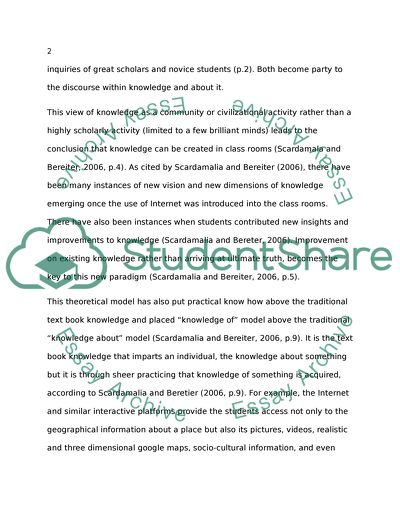Cite this document
(“Knowledge Building: Theory, Pedagogy, And Technology Literature review”, n.d.)
Knowledge Building: Theory, Pedagogy, And Technology Literature review. Retrieved from https://studentshare.org/education/1462125-knowledge-building-theory-pedagogy-and-technology
Knowledge Building: Theory, Pedagogy, And Technology Literature review. Retrieved from https://studentshare.org/education/1462125-knowledge-building-theory-pedagogy-and-technology
(Knowledge Building: Theory, Pedagogy, And Technology Literature Review)
Knowledge Building: Theory, Pedagogy, And Technology Literature Review. https://studentshare.org/education/1462125-knowledge-building-theory-pedagogy-and-technology.
Knowledge Building: Theory, Pedagogy, And Technology Literature Review. https://studentshare.org/education/1462125-knowledge-building-theory-pedagogy-and-technology.
“Knowledge Building: Theory, Pedagogy, And Technology Literature Review”, n.d. https://studentshare.org/education/1462125-knowledge-building-theory-pedagogy-and-technology.


